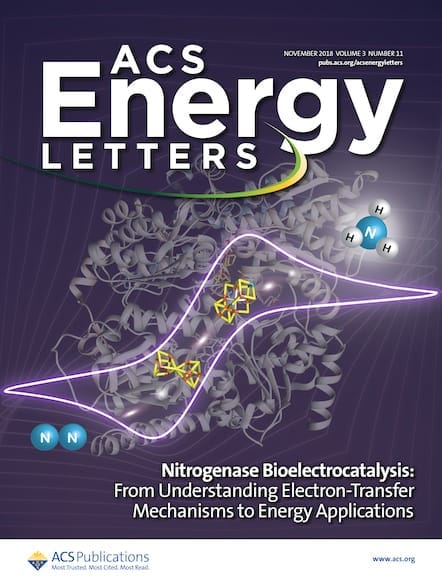Could a clear window coating cool buildings without using energy, and how is quantum computing involved?

Climate change is increasing summer temperatures in many regions. Traditional building cooling methods such as air conditioning require a large energy input, themselves becoming part of the problem. In fact, the energy currently required for cooling represents around 15% of total global energy consumption, and it is estimated that greenhouse gas emissions from air conditioning will account for as much as a 0.5°C rise in global temperatures by the end of the century. Now, new research published in ACS Energy Letters reports on the design of a window coating that could lower indoor temperatures without expending any energy.
Transparent radiative coolers (TRCs) are gaining interest as more energy-efficient replacements for traditional window coating materials in buildings and automobiles. The ideal TRC should effectively allow for visible light to pass through a window while blocking ultraviolet and near-infrared light from passing through and heating the enclosed space; however, it has been difficult to simultaneously achieve both high transparency and optimal cooling performance.
To improve upon this, teams in the United States and the Republic of Korea worked together to design a visually transparent radiative cooler based on layered photonic structures. The candidate film consists of a planar multilayer photonic structure on a glass substrate with a polydimethylsiloxane top layer. To optimize the layering process, the researchers used a quantum computing-assisted active learning scheme, combining active data production, machine learning, and quantum annealing (QA) in an iterative loop.

The benefit of QA is quite significant: compared with exhaustive enumeration, which guarantees to find the global minimum in the search space, the QA-assisted active learning scheme can be orders of magnitude faster, especially when dealing with more complex layered structures. This method allowed the team to achieve optimization much faster than traditional computing, testing all possible layering combinations in less than 200 milliseconds.
Based on the optimal structure predicted by this QA-assisted method, the TRC was constructed using conventional thin-film deposition processes on an ultraviolet-fused silica substrate using either chemical vapor deposition or atomic layer deposition, depending on the material of the layer. This film was tested against one of the best commercial glasses with a triple-layer silver coating and was shown to outperform based on the metrics of the study.
The projected energy savings is impressive: the researchers predict that this transparent radiative cooler could deliver an annual energy saving of up to 86.3 MJ/m2 in hot climates compared with normal glass—potentially reducing energy consumption by 31% compared with conventional windows.
Read the original article: High-Performance Transparent Radiative Cooler Designed by Quantum Computing
Explore Related Research in ACS Journals
Passive Radiative Cooling of Silicon Solar Modules with Photonic Silica Microcylinders
Evelijn Akerboom*, Tom Veeken, Christoph Hecker, Jorik van de Groep, and Albert Polman*
DOI: 10.1021/acsphotonics.2c01389
Transparent Glass Surfaces with Silica Nanopillars for Radiative Cooling
Javier Arrés Chillón, Bruno Paulillo*, Prantik Mazumder, and Valerio Pruneri*
DOI: 10.1021/acsanm.2c03272
Daytime Radiative Cooling Coating Based on the Y2O3/TiO2 Microparticle-Embedded PDMS Polymer on Energy-Saving Buildings
Tiantian Du, Jun Niu, Leyao Wang, Jintao Bai, Shengxing Wang, Shijie Li, and Yongzhe Fan*
DOI: 10.1021/acsami.2c15854
Photonic-Structure Colored Radiative Coolers for Daytime Subambient Cooling
Shixiong Yu, Quan Zhang, Yufeng Wang, Yiwen Lv, and Rujun Ma*
DOI: 10.1021/acs.nanolett.2c01570
